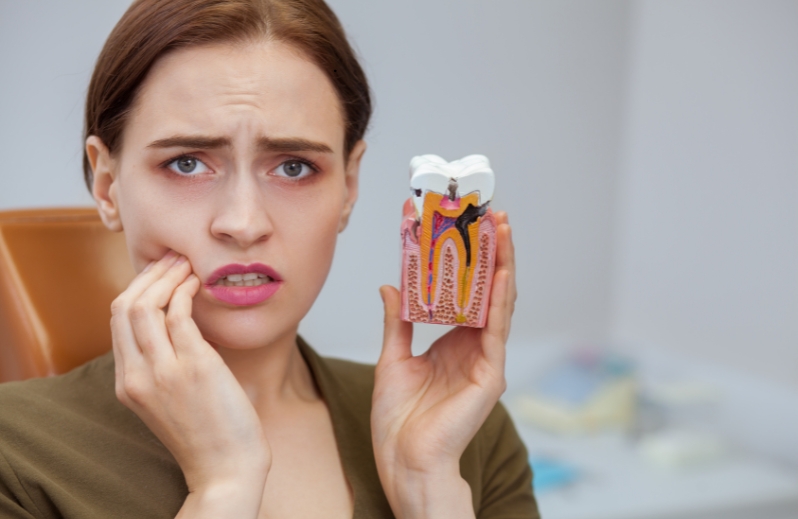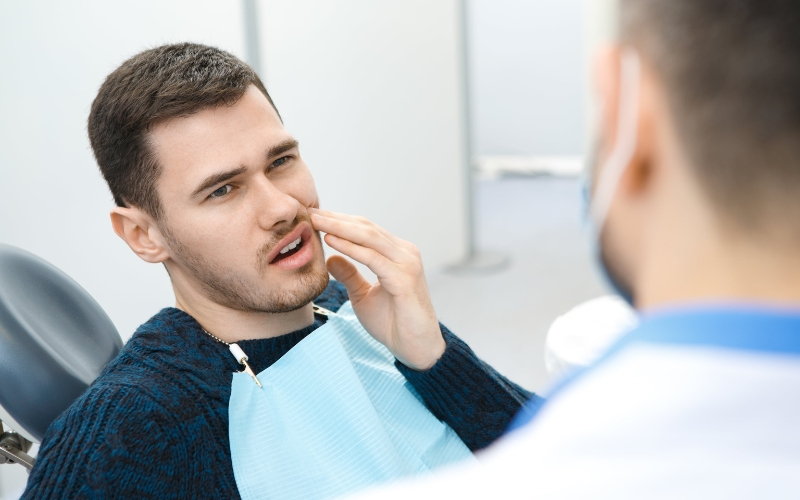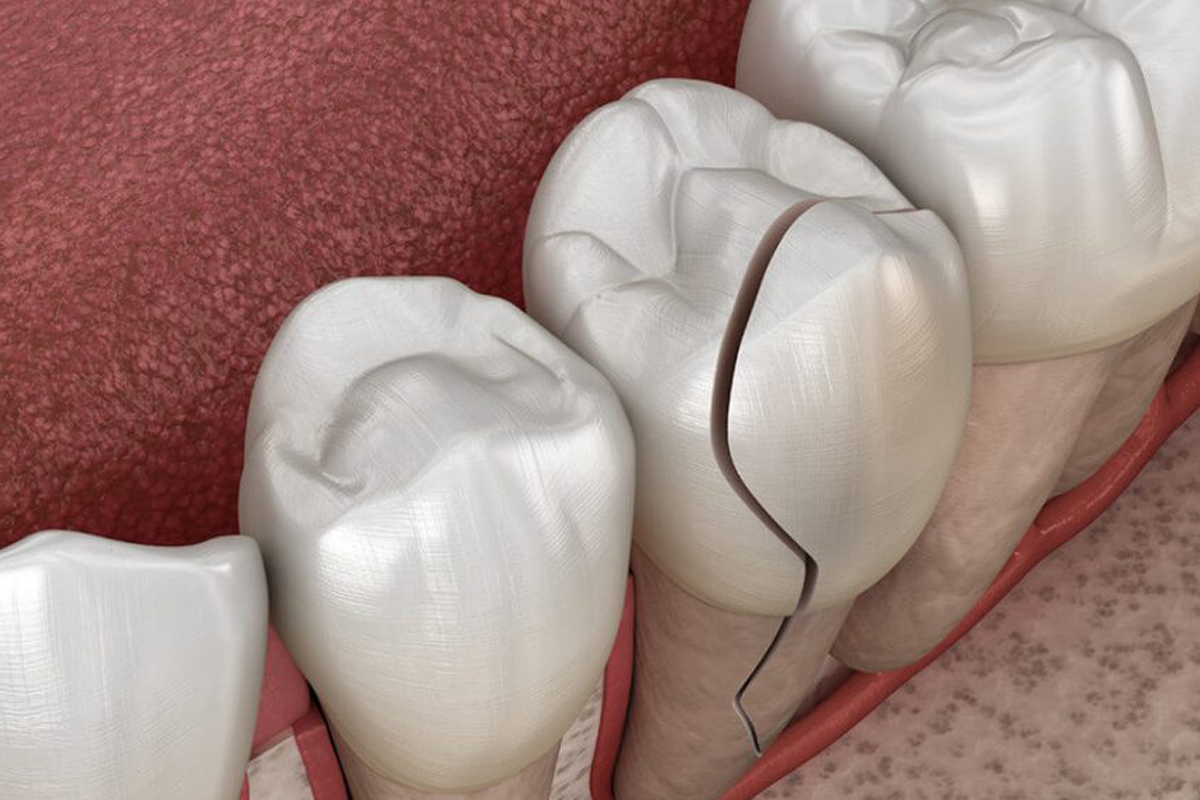Top 7 Dental Emergencies You Should Never Ignore

Dental emergencies can happen when you least expect them, often causing panic and uncertainty. Knowing what constitutes a dental emergency and understanding the appropriate actions to take can make a significant difference in outcomes.
Today’s blog highlights the top 7 dental emergencies you should never ignore, equipping you with the knowledge to act quickly and effectively.
1. Constant Toothache: A Warning Sign
What Could It Mean?
Toothaches can arise from various issues, including cavities, infections, or gum disease. Persistent tooth pain often indicates that something is seriously wrong.
When To Seek Help For This?
- If the pain persists for more than a day
- Accompanied by swelling or fever
- If it interrupts your daily activities or sleep
What Can You Do In This Situation?
- Rinse your mouth with warm salt water to alleviate discomfort
- Take over-the-counter pain relievers
- Avoid placing heat on the affected area
2. Broken or Cracked Tooth: Don’t Wait!
Causes of Damage
A tooth can crack or break due to biting down on hard food, injury, fractured tooth, or decay. These types of damage are not only unsightly but are also considered dental emergencies, as they can lead to further complications if not treated promptly.
Signs To Look For
- Sharp pain when chewing
- Sensitivity to hot or cold
- Visible cracks or chips
Immediate Actions To Take
- Rinse your mouth to clean the area
- Apply a cold compress to reduce swelling
- Contact your dentist immediately for assessment and treatment
3. Knocked-Out Tooth: Act Fast!
The Critical One
If you notice a knocked-out tooth, time is of the essence. Immediate action increases the chances of saving the tooth and successfully re-implanting it. When a tooth is knocked out, the cells on the root’s surface begin to die within 15 to 30 minutes. Therefore, every second counts.
Steps To Follow
- Handle with Care: Pick up the tooth by the crown, not the root.
- Rinse Gently: Clean it gently with water if dirty, avoiding scrubbing.
- Reinsert If Possible: If you can, place the tooth back into its socket.
- Keep It Moist: If reinsertion isn’t possible, place the tooth in a glass of milk or saline solution.
Contact Your Dentist
Aim to see a dentist within 30 minutes to 1 hour for the best chance of reattachment. The knowledge of our emergency dentists in handling dental traumas is invaluable in saving your tooth.
4. Lost Filling or Crown: Protect Your Tooth
Understand The Issue
Losing a filling or crown can leave your tooth vulnerable to damage and decay. While it may not cause immediate pain, it’s essential to address it promptly.
Symptoms To Watch For
- Sensitivity to temperature
- Visible holes or gaps in the tooth
- Discomfort when chewing
Temporary Solutions
- Use dental wax to cover the exposed area
- Avoid chewing on that side of your mouth
5. Abscessed Tooth: A Serious Infection
What Is It About?
An abscess occurs when a pocket of pus forms due to infection in the tooth or gums. This condition can lead to severe health complications if it’s not treated.
Symptoms To Recognize
- Severe, persistent pain
- Swelling in the face or gums
- Bad taste or smell in the mouth
Immediate Steps To Take
- Rinse your mouth with warm salt water
- Take antibiotics as prescribed by your dentist
- Seek emergency dental care promptly
6. Soft Tissue Injury: Managing Oral Trauma
Types of Injuries
Soft tissue injuries can include cuts or lacerations to the gums, tongue, or inside of the cheeks. These injuries can cause bleeding and discomfort.
Recognize The Symptoms
- Bleeding that doesn’t stop after 10 minutes
- Pain or swelling in the affected area
- Difficulty swallowing or speaking
First Aid Measures
- Apply gentle pressure to stop the bleeding
- Rinse with warm salt water
- Use a cold compress for swelling
- Visit your dentist or emergency room if bleeding persists
7. Orthodontic Emergencies: When Braces Cause Problems
Common Issues
Braces can sometimes cause discomfort or emergencies, such as broken brackets, loose wires, or poking ends.
Signs You Need Help
- Severe pain from a broken bracket or wire
- Wires that dig into your gums or cheeks
- Difficulty eating or speaking due to brace issues
Temporary Fixes
- Use orthodontic wax to cover sharp edges
- Avoid hard foods that could worsen the issue
- Contact your orthodontist for a repair appointment
Stay Prepared & Informed
These seven dental emergencies empower you to act quickly and confidently when faced with a dental crisis. Remember that your oral health is crucial not only for your smile but also for your overall well-being. Always consult a dental professional for advice tailored to your situation.
Keep a list of emergency dental contacts and plan for potential dental issues, especially if you have a history of dental problems. Keep a first aid kit that includes items for dental emergencies, like gauze and dental wax. Being prepared can make all the difference in a dental emergency.




